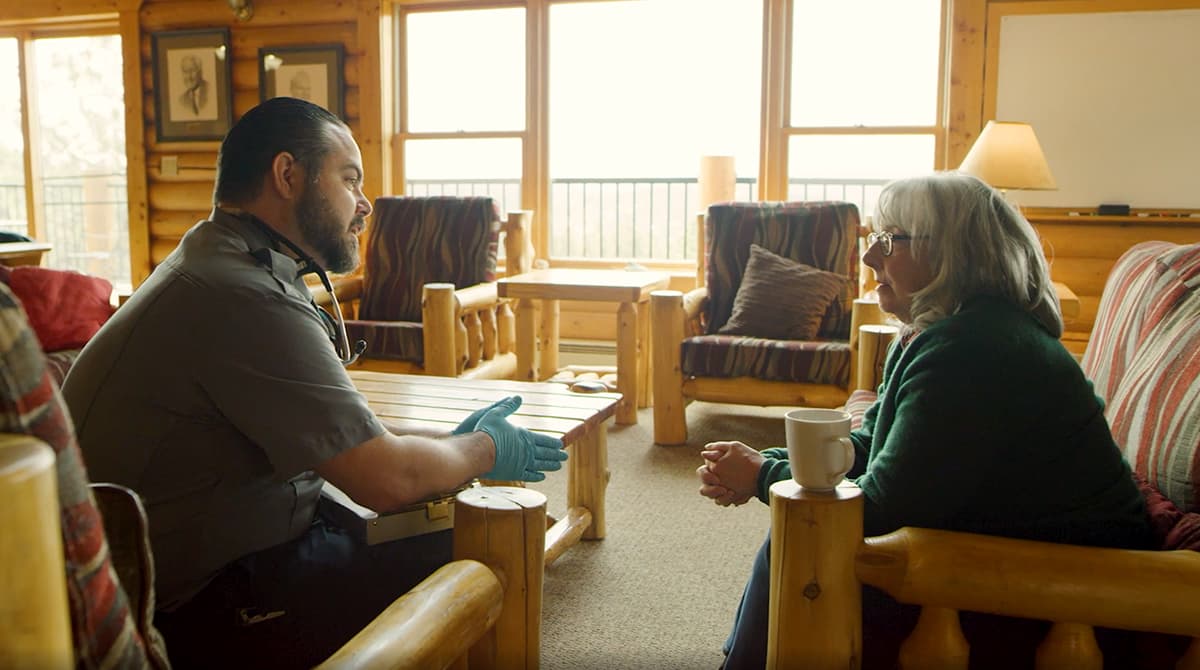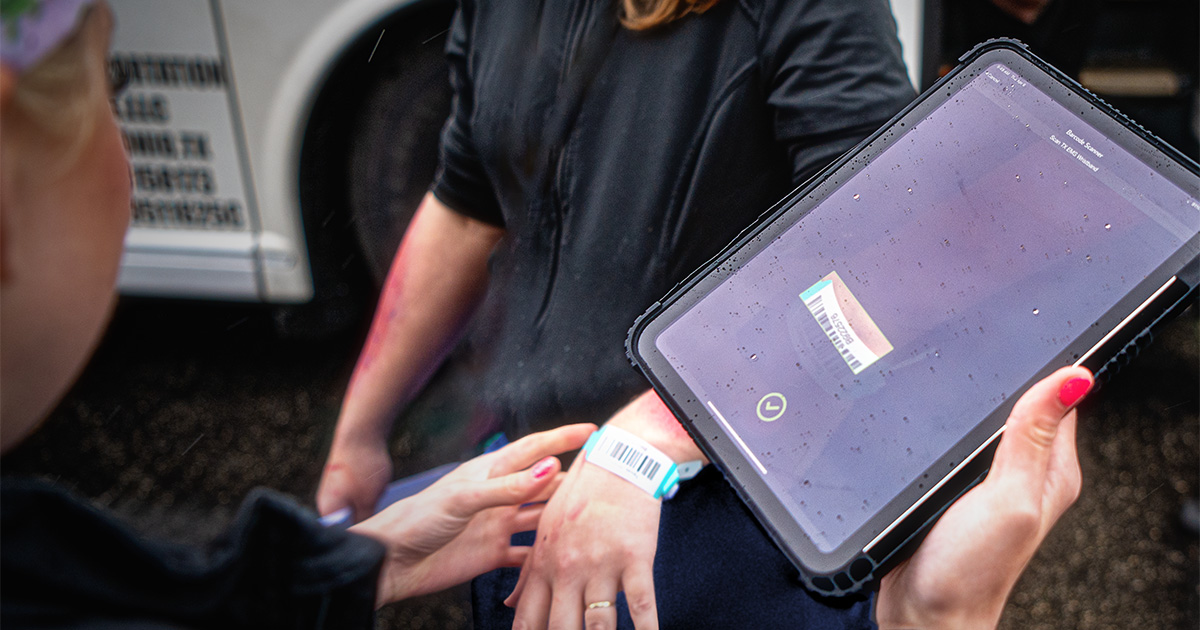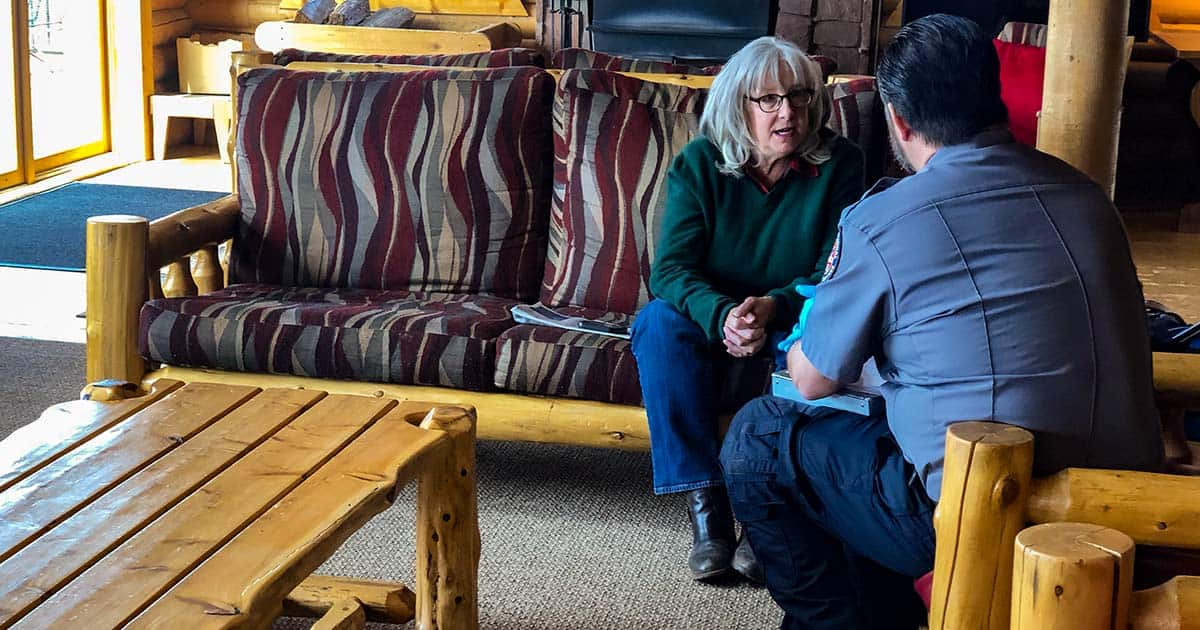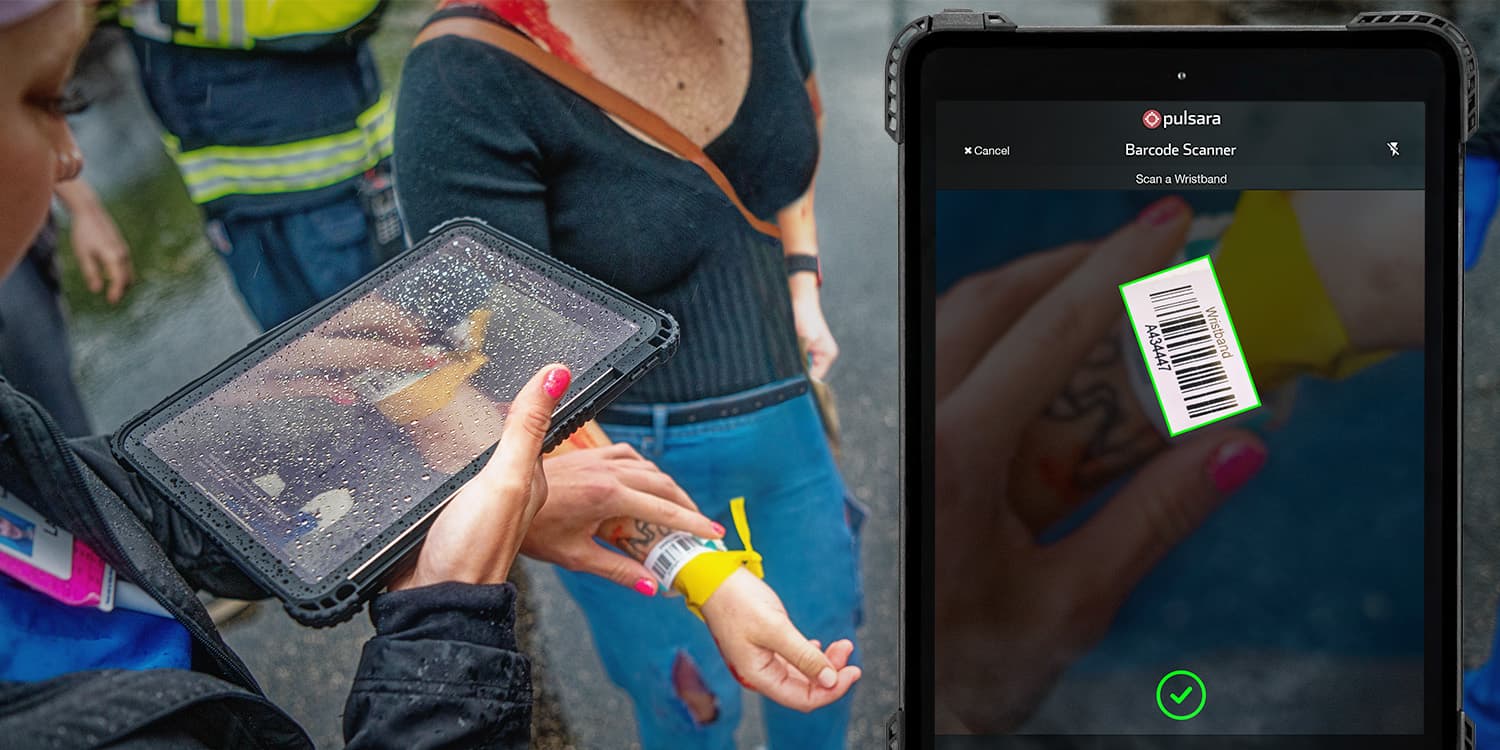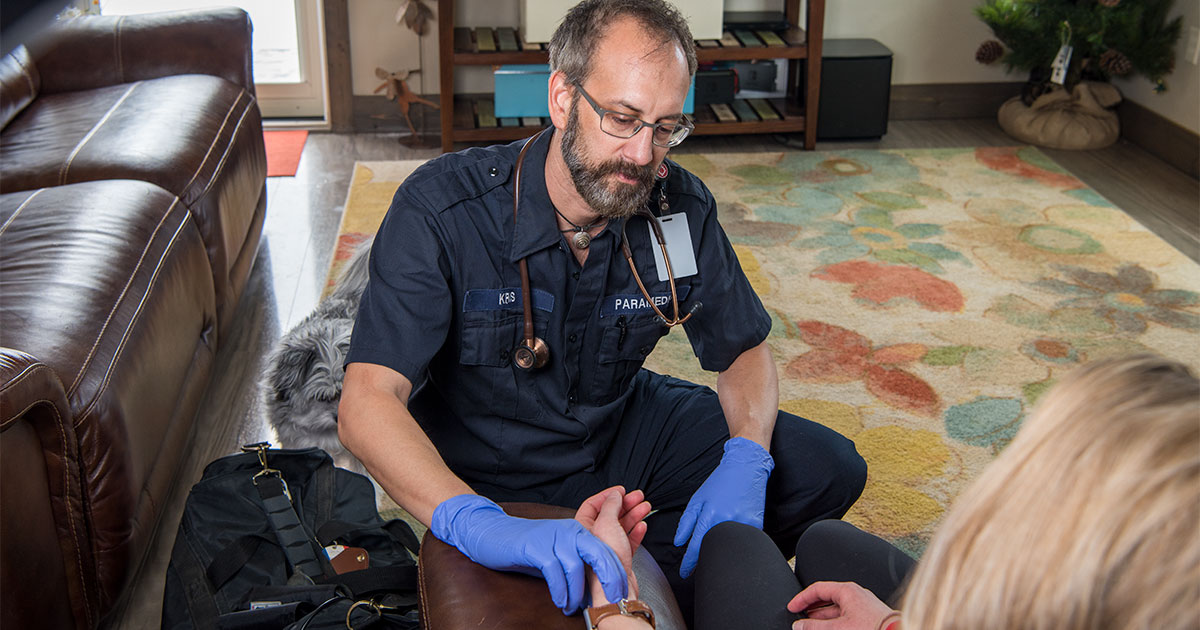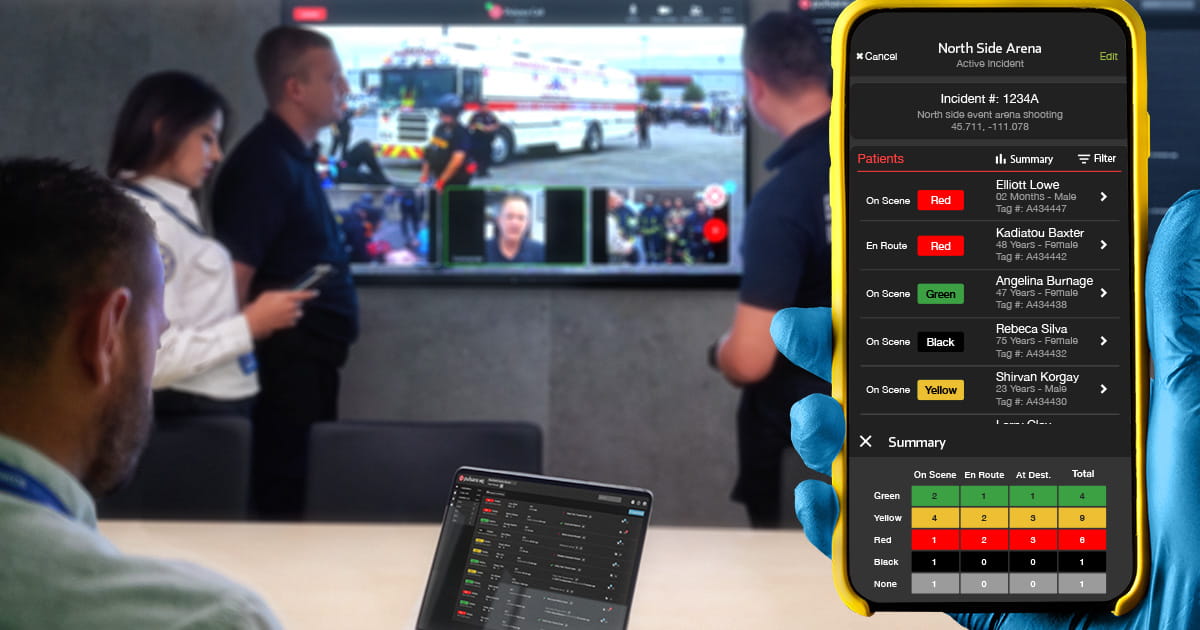6 min read
2023 EMS Trend Report: What Paramedics Need to Persevere
Editor's Note: On July 21st, 2023, EMS1, Fitch & Associates, and the National EMS Management Association released their annual EMS Trend Report, proudly sponsored by Pulsara. Because the articles and...

